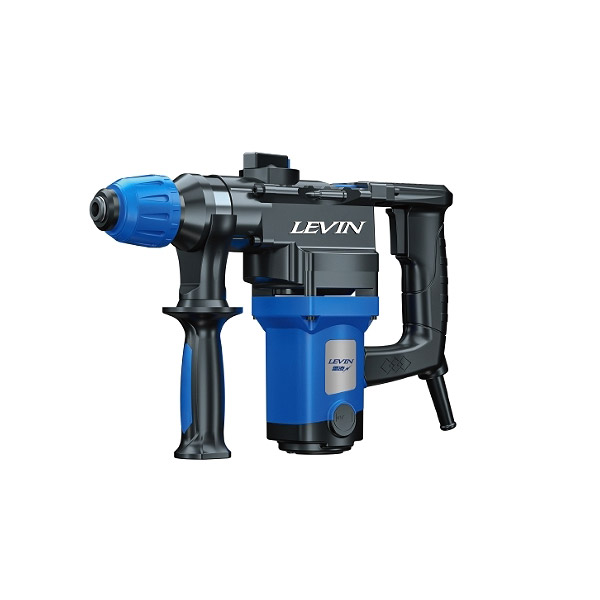
When the roar of construction sites mingles with the drill sounds of home renovation sites, forming the backdrop of modern construction, electric hammers and impact drills — tools often mentioned in the same breath — have never truly been on the same comparison track. Rather, they are like two keys tailored to different work scenarios, each unlocking its own door to efficiency and shining irreplaceably in their respective domains.

In terms of differences in working principles, the impact drill is more like a nimble "light cavalry": its impact force stems from precise intermittent collisions between gears, exerting axial thrust while rotating, with the energy released in a single burst usually not exceeding 5 joules. This characteristic makes it adept at handling moderately hard materials like concrete and masonry. Its lightweight build of 2-3 kilograms further makes it a capable assistant in home renovation — delivering stable output when installing expansion screws, offering precise control when drilling shallow holes, and even when working on tile walls, a simple shift of the gear can cleverly avoid the risk of ceramic tile cracking.
The electric hammer, on the other hand, is akin to a "heavy infantry." Its core pneumatic impact structure allows the piston to burst out with an impact force of over 20 joules during reciprocating motion. With high-frequency impacts exceeding 3,000 times per minute, combined with specially made alloy drill bits, it can make even "stubborn" materials like reinforced concrete and hard rock yield. On the battlefield of construction, it is a sharp tool for piercing through steel bar layers when installing air conditioning pipes, and a powerful warrior for drilling deep holes when securing large equipment. However, its weight of 3-5 kilograms acts as a threshold for operators — only those proficient in skills can master its power.
The divide in work efficiency is vividly reflected in specific scenarios. Consider this set of data: when drilling a 16mm hole through 100mm thick reinforced concrete, an electric hammer takes only one-third of the time an impact drill would, and the drill bit wear rate is reduced by 60%. But when it comes to drilling 8mm shallow holes for indoor sockets, the impact drill immediately takes the lead — not only is its energy consumption 40% lower than that of an electric hammer, but its operational flexibility also leaves heavy-duty tools in the dust. This is why professional construction teams rarely go without either in their toolkits: the electric hammer charges forward in main structure construction, while the impact drill handles the meticulous work of later-stage installations.
Market choices have long underscored this scenario-based division. The 2024 tool market report shows that in household scenarios, impact drills remain the mainstream with a 68% sales share, while on engineering procurement lists, the purchase volume of electric hammers is 2.3 times that of impact drills. Even as brushless motor technology has brought evolution — electric hammers are 20% lighter, and impact drills have 30% more energy — their core territories remain clearly defined.
So, when we find ourselves wondering whether an electric hammer or an impact drill is better, we might first ask what the work scenario requires. Only when the tool perfectly matches the scenario can every startup unleash the most efficient energy, playing a symphony of precision and efficiency amid the clinking and clanging of construction.